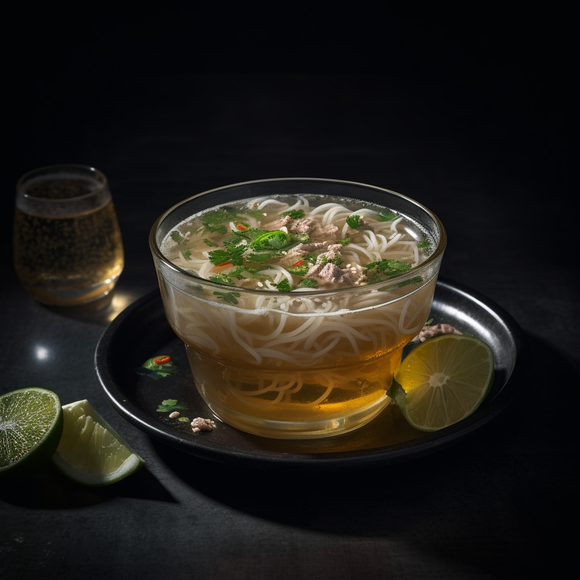Experience the deep flavor and nourishing benefits of our Grass-Fed Beef Tendon, sourced from premium Ontario-raised cattle. Naturally pasture-raised and grass-fed, our beef is free from added hormones and antibiotics—ensuring clean, high-quality protein with exceptional taste.
This 10lb bulk pack is ideal for home cooks, chefs, and wellness enthusiasts looking to make collagen-rich broths, soups, and stews. When slow-cooked, beef tendon transforms from firm and sinewy into a silky, gelatinous texture that adds incredible depth and body to any dish.
Cooking Inspiration:
-
Slow-braise or simmer for 3–4 hours until tender.
-
Perfect for Vietnamese pho, ramen, or hearty beef stews.
-
Use the broth as a nutrient-dense, collagen-rich base for soups and sauces.
Why Choose Wiser Meats Beef Tendon:
-
100% Grass-Fed & Pasture-Raised in Ontario
-
Hormone- & Antibiotic-Free
-
Naturally high in collagen and protein
-
Excellent for bone broth, slow cooking, and traditional recipes
-
Convenient 10lb bulk pack, vacuum-sealed for freshness
Bring home the natural goodness of Ontario grass-fed beef tendon—a flavorful, nourishing ingredient that supports wellness and adds rich umami depth to your favorite recipes.







